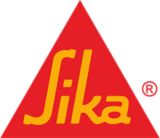Adhesives
Sika Liquid Plastics provides a range of adhesives for bonding insulation boards and specific detail elements. This ensures that all products within the system are compatible, both with the adhesive and each other, enabling us to take responsibility for both compatibility and the performance of the combined Sika Liquid Plastics products in use.
